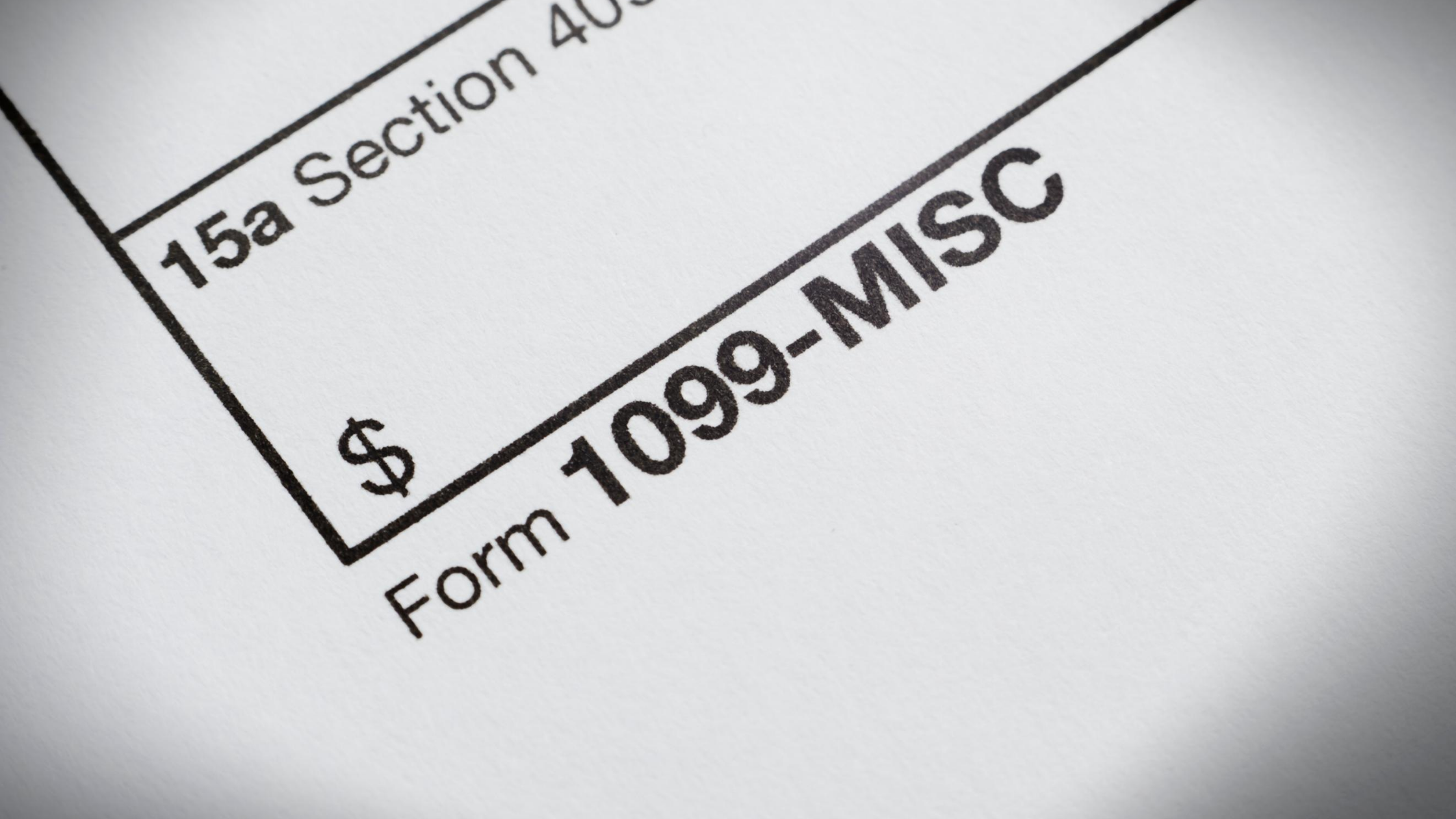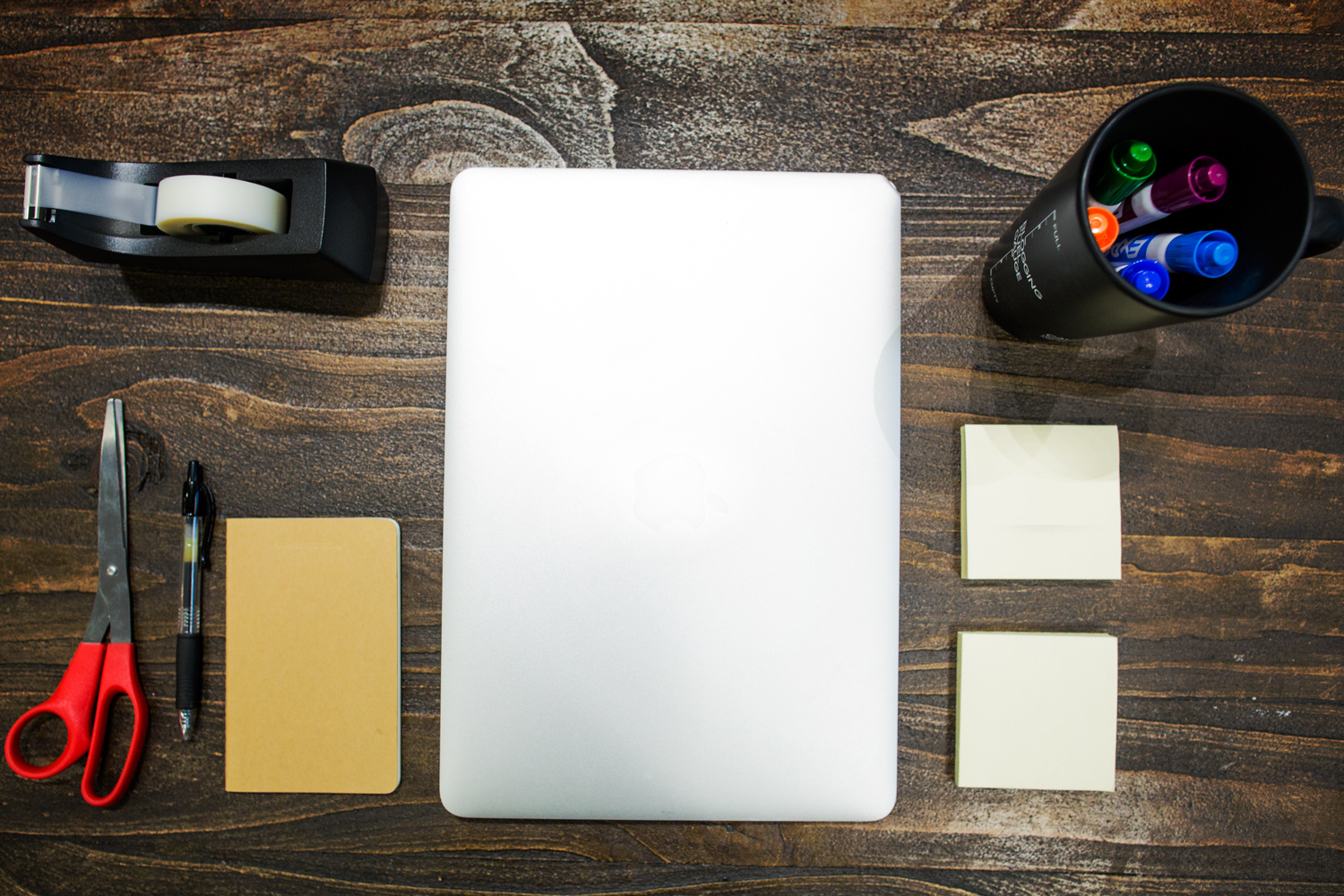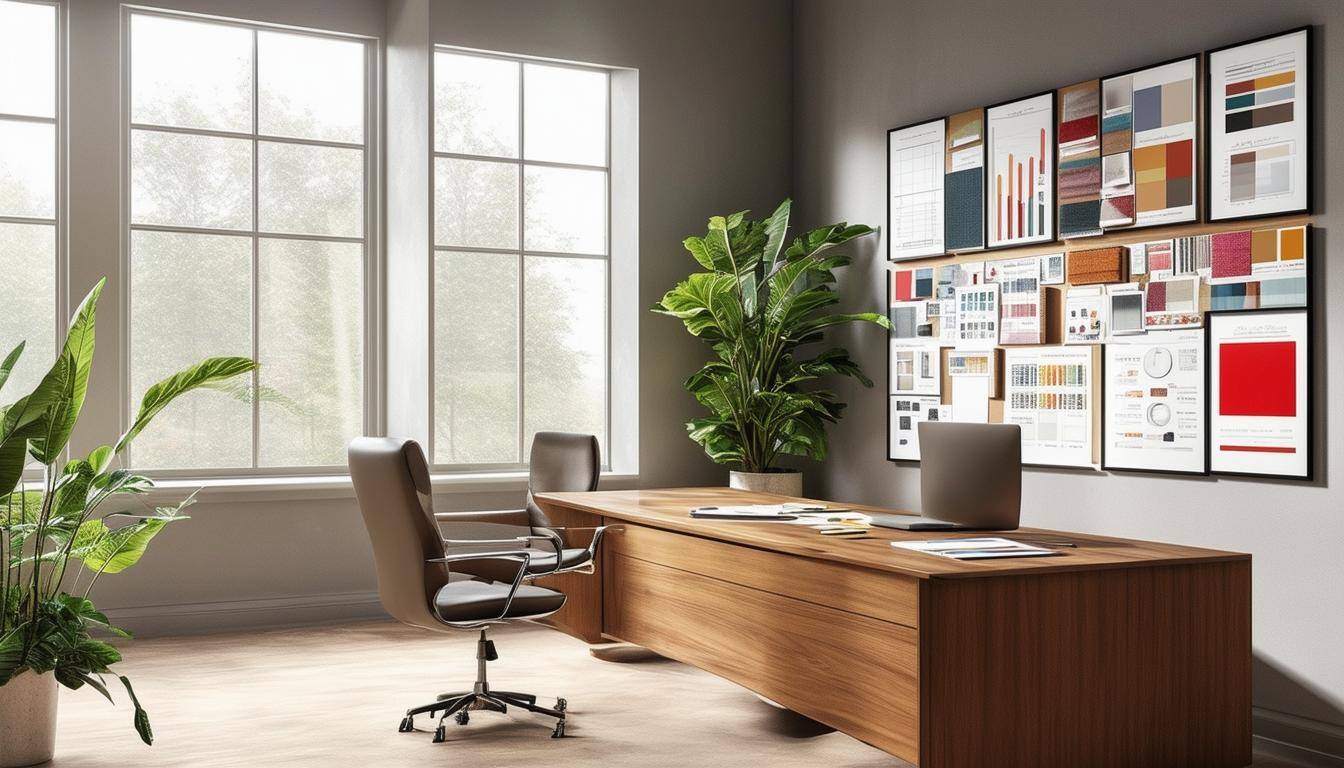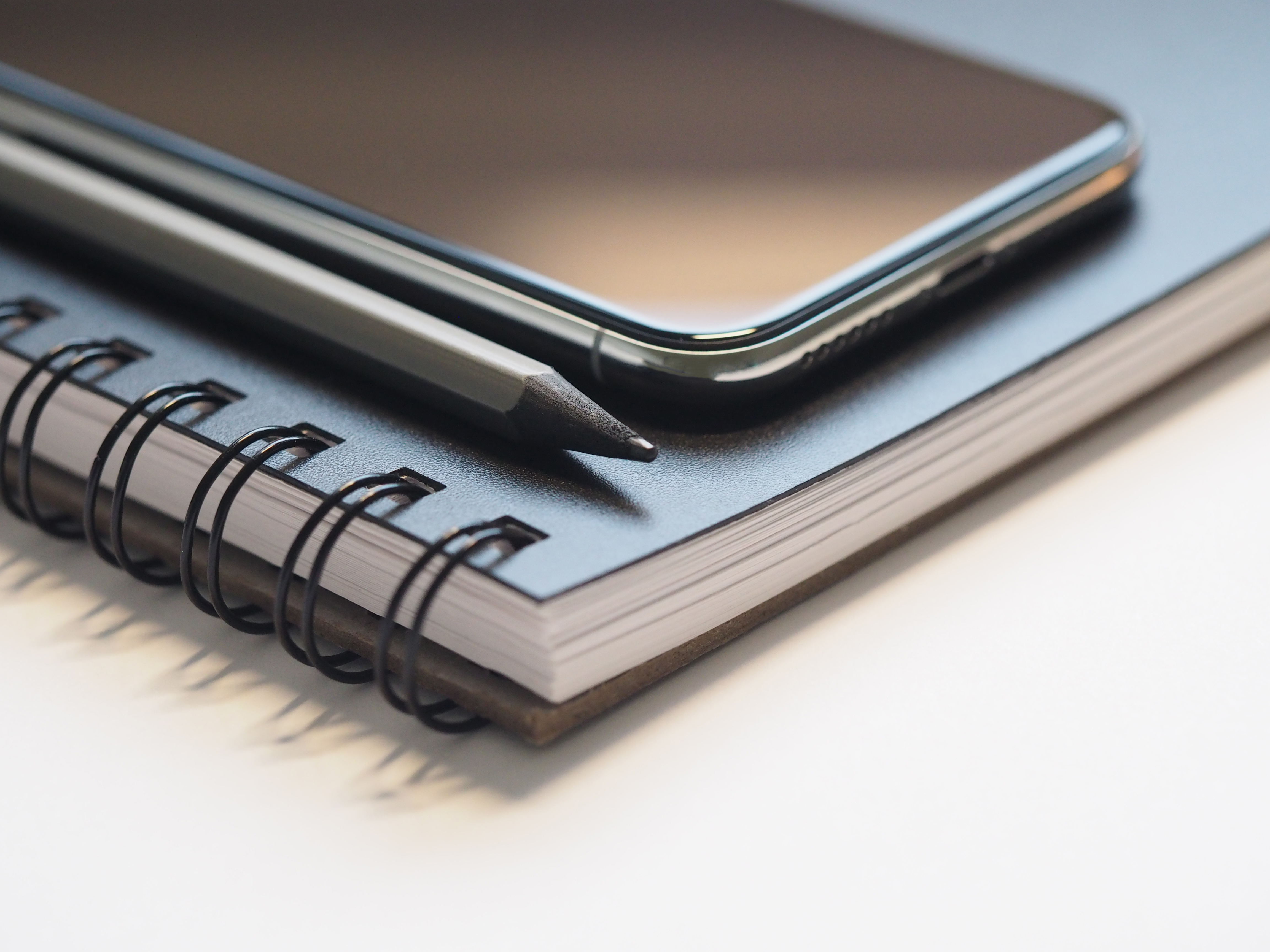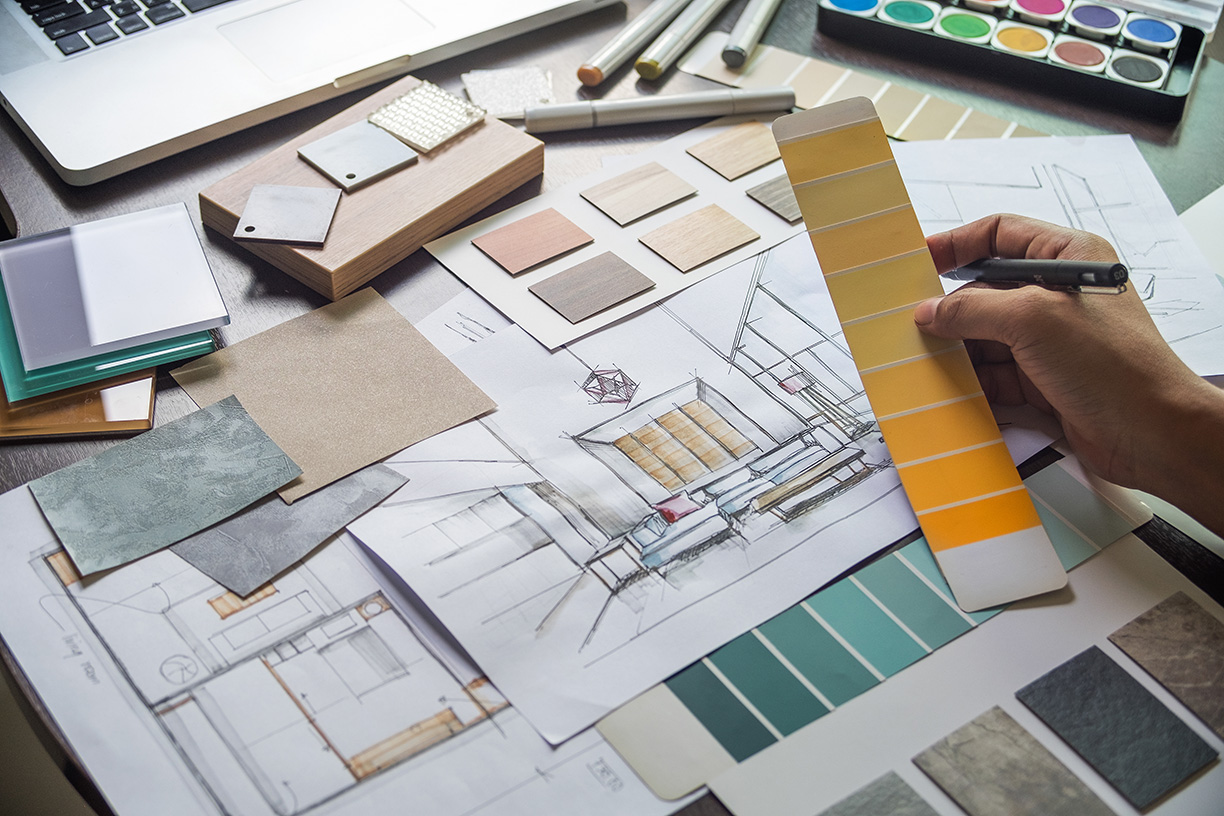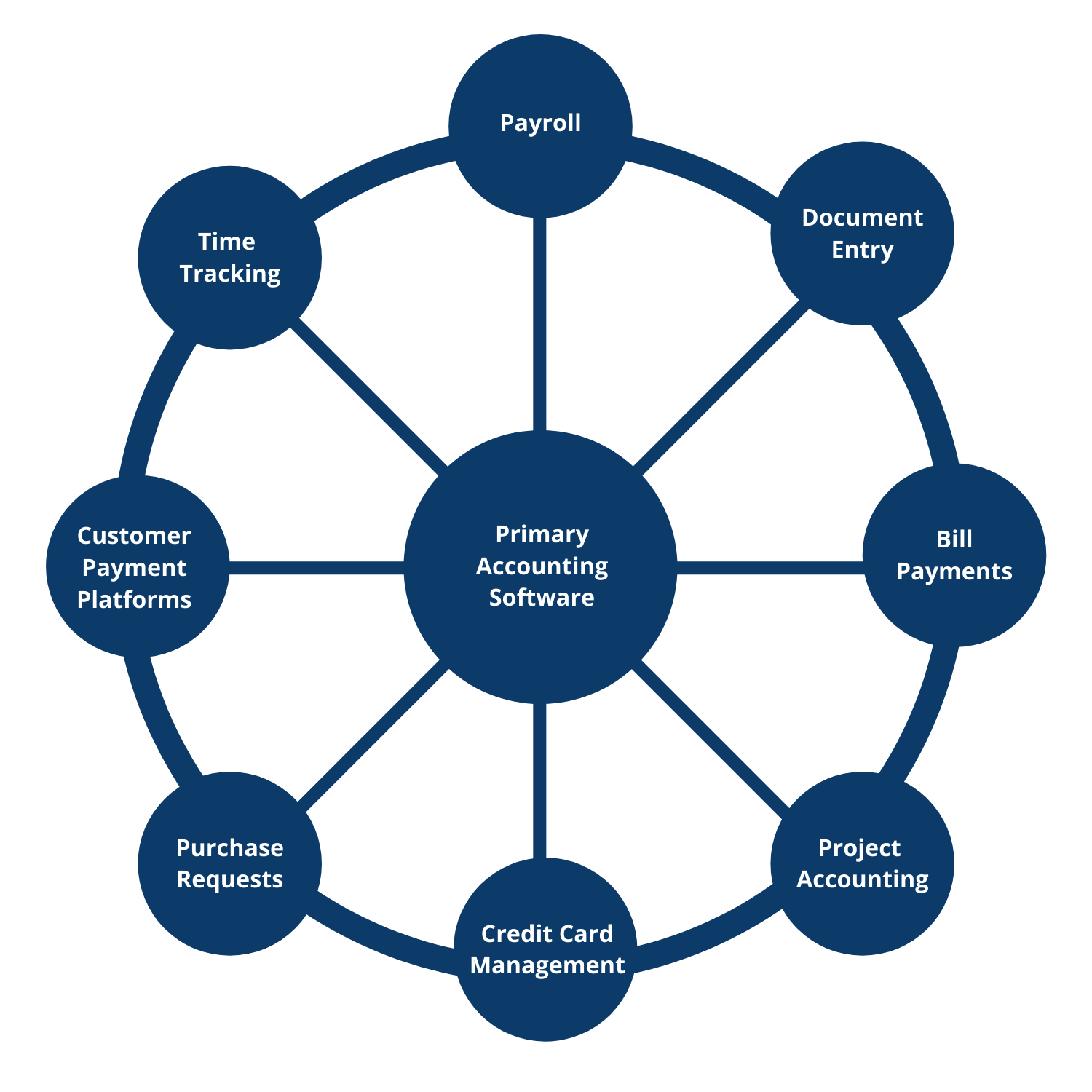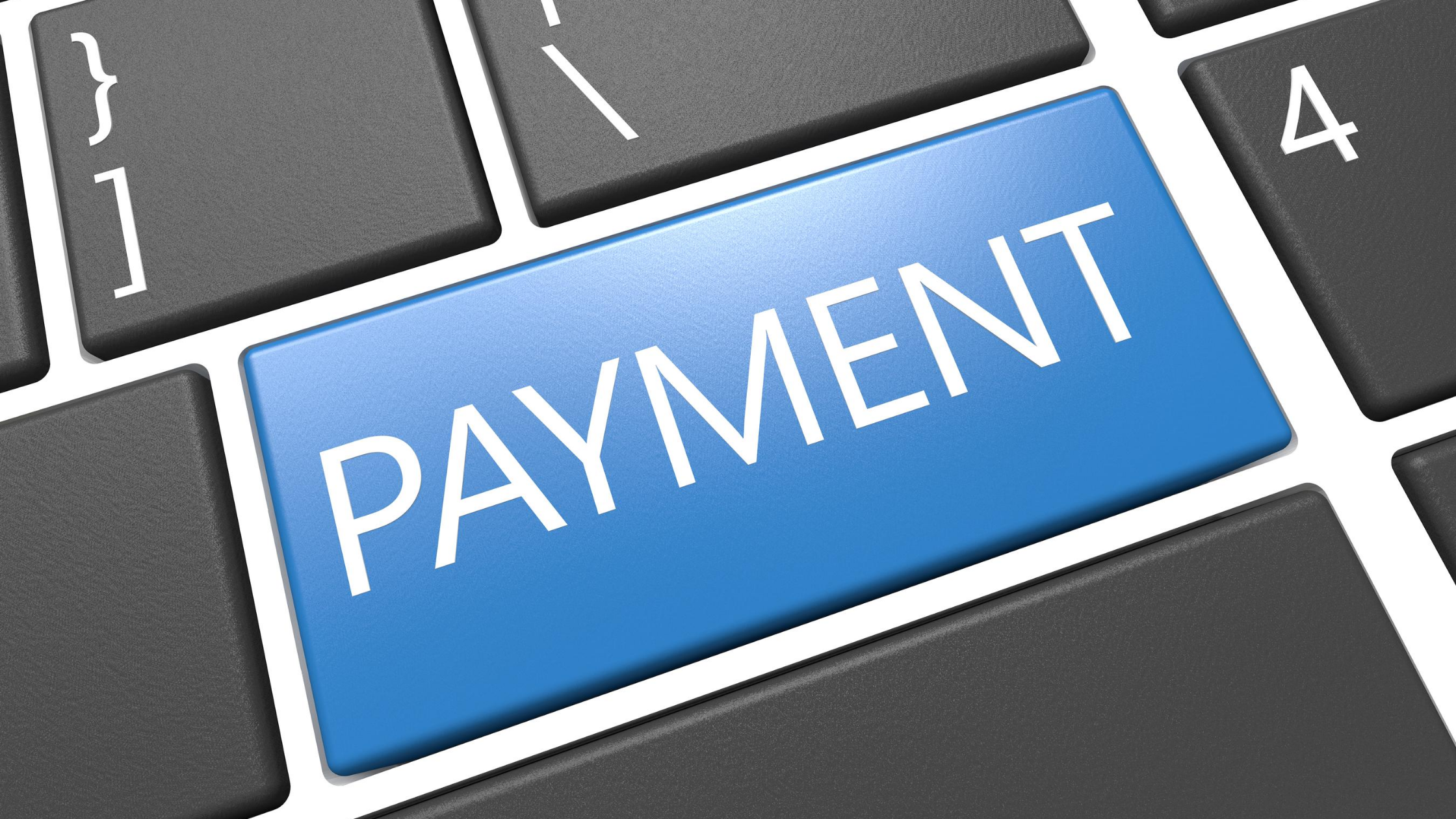Choosing the optimal billing method is critical to streamlining your interior design accounting process and freeing up cash flow. Learn more about setting your rates, selecting a billing method, and the implications at tax time.
Billing practices require careful consideration.
Billing in the interior design industry can be challenging because there isn’t a standard formula or method that can be applied to all clients and projects.
The first factor to consider is your fee structure. Remember to keep in mind the time spent doing project management should be included with any design work in your estimate.
A lot of designers also run into additional problems when ordering items without payment from the client. It’s vital to ensure you have the funds before procuring items in order to maintain adequate cash flow and minimize financial issues.
How Often to Bill For Services
Determining how often to bill for services varies considerably depending on the project. Unlike other industries, there aren’t standard time periods or business cycles in interior design, and this can create cash flow issues.
Use a standard bill payment platform and process for your interior design practice to minimize issues. For example, some designers charge every two weeks, while others do it monthly. Some professionals even choose to charge a flat fee paid in pre-planned installments.
For many designers, determining the optimal billing structure requires a few years of experience. Instead, consider outsourcing your bookkeeping to an accounting professional to determine how to charge clients so cash flows freely to your business.
5 Ways Interior Designers Can Bill Clients
There are several ways to charge for interior design fees that include:
1. Hourly Billing Rate
Charging an hourly rate is a standard method used by many professionals, including lawyers, accountants, and computer programmers. Designers using this method typically track time and bill the client based on the hours spent working on the project.
2. Fixed Rate
Under a fixed rate scheme, designers negotiate a fee that spans the entire project, including all vendor billings, furniture, and accessories. The client then pays an advance amounting to roughly 10-40% - however this varies significantly depending on the designer and the project.
3. Cost Per Square Meter/Square Foot
Billing based on costs per square meter or square footage involves calculating the size of the space and multiplying that number by an agreed-upon amount. This is more common for commercial projects.
4. Percentage-Over-Costs Plus Fees
The percentage-over-costs method aggregates the project's total cost paid to vendors, contractors, electricians, plumbers, and other professionals required to complete the work. The interior designer is then compensated by applying a predetermined percentage markup to the entire cost of the project or various percentage markups based on individual product types. Most designers use this method for selling product and also still charge separate design fees on an hourly or fixed fee basis.
5. Phases
Another billing method interior designers typically use in their projects is a billing method that is split into two distinct phases: construction and interiors. The construction phase essentially utilizes the square foot/meter method. Then after construction is complete, the design phase will begin.
This phase is based on a fixed or hourly rate billing method, which passes through furnishings and accessories with markup. This method works very well to incorporate pricing models most suitable for each component of the project.
The Differences Between Cash and Accrual Accounting and How They Affect Billing
Cash and accrual accounting are methods of reporting income and expenses. The difference between the two concerns when income and project costs are reported.
Accrual accounting recognizes revenues and expenses when they are first recognized, irrespective of whether cash was received or paid. In contrast, cash accounting recognizes income and expenses after money is received.
Your choice of either method affects when income is recognized during the billing process. For example, income is reported under the cash method when the client makes the payment. In contrast, the accrual method recognizes revenue after the bill is sent.
For interior designers, especially ones who use Studio Designer, accrual accounting will yield the most benefit because it provides a more accurate picture of the financial health of the business.
Accrual accounting:
-
Records revenue when it is earned and when expenses are incurred, allowing for a better understanding of the financial status of the business
-
Increases accuracy for inventory tracking and reporting the values of services and goods that have been delivered to the client but have not been paid for
Additionally, interior designers who choose to use Studio Designer for accounting will only have the option to use the accrual accounting method.
Tax Implications of Cash vs. Accrual Accounting
The choice of which accounting method to use for your business depends on many factors, such as the size of your business and your personal preferences. This choice can also affect how taxes are paid — which is why It's essential for interior designers to work with their tax preparer to understand which method of accounting works best for their interior design firm.
A tax preparer can help you evaluate the pros and cons of each method and determine which one will be most beneficial for you. By taking the time to understand your options and working with a professional to make an informed decision, you can ensure that your business is operating in the most tax-efficient and compliant way possible.
Optimize Your Interior Design Billing Practices to Maximize Cash Flow
Interior design is a creative endeavor. Don’t let billing issues divert your focus and compromise the design process.
Contact us for a free consultation to learn more about optimizing your billing processes. Our experts understand the needs of design firms and can help you streamline your accounting processes to maximize creative output.




